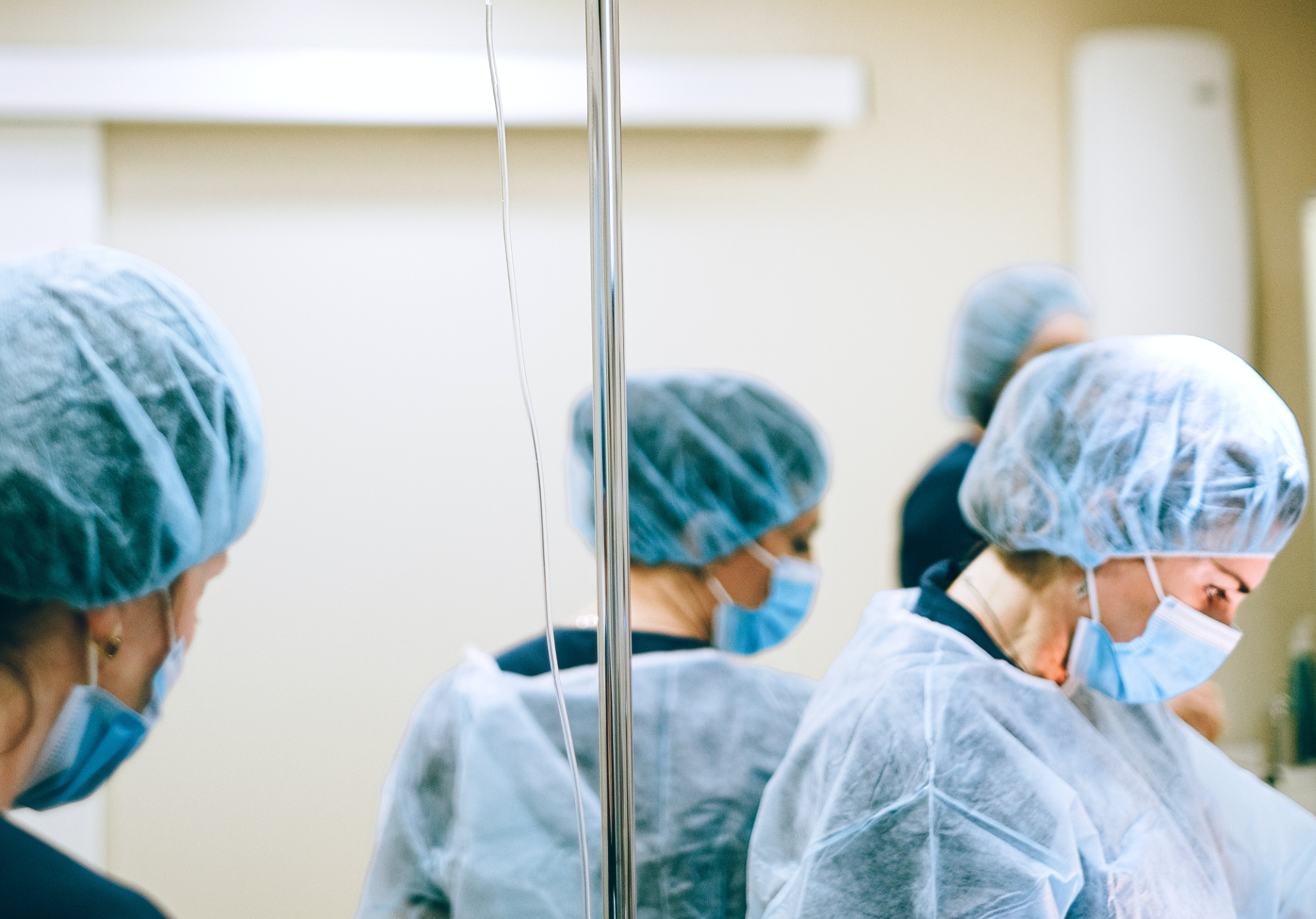The rise of resistance
The rise of antimicrobial resistance is undermining modern medicine.
Antimicrobial resistance is one of the greatest threats facing humanity: bacteria and other microbes are acquiring and developing increased resistance to the drugs designed to kill them.
This growing resistance is largely due to our overuse and misuse of antimicrobials, such as antibiotics, in human and animal medicine.
More than 1.27 million people die each year from drug-resistant infections.
If we do not slow the rise of antimicrobial resistance, we will return to the dark ages of medicine where surgery becomes inherently risky and currently treatable infections and injuries kill once again.
The predicted global impact of antimicrobial resistance by 2050:
- Deaths from infections that were previously treatable with antibiotics will exceed 10 million
- AMR will result in up to 7.5% global decrease in livestock production
- A decline in global GDP of between 3.8-5%
- An increase in 28.3 million people in extreme poverty
- Global real exports shrinking by 1.1%
- Global healthcare costs increases from $300 billion to >$1 trillion per year.

The opportunity
Transforming the ecosystem
We are working to halt the rising death rate and economic burden of antimicrobial resistance in Australia by 2030.
We will achieve this by enabling and accelerating R&D and providing pathways to market for new and emerging solutions to prevent, manage and respond to antimicrobials resistance in humans, animals and the environment.
In doing so, we will safeguard human and animal health, secure our food and primary industries, and support trade and market access.

Our focus
Taking a One Health approach
Minimising Antimicrobial Resistance operates across three areas of work:
- Science and Technology
- Stakeholder Engagement
- Sustainable Ecosystem
Our work packages are expanded upon in the diagram below:
Three pillars of the Minimising AMR Mission infographic: First pillar: - Upstream S&T: Preventing the emergence and spread of AMR, connecting data to assess risk and inform interventions - Downstream S&T: Responding effectively to AMR in humans, animals, and the environment by improving diagnoses and treatment Second pillar: - Partnerships and public good: Convening government, industry, and community stakeholders to develop shared objectives and common approaches to achieve collective impact on AMR - Knowledge capture and dissemination: Developing communications that are clear, consistent, and effectively support business objectives and AMR advocacy Third pillar: - Policy and practise enablement: Generating and providing evidence that informs policy, and enables and incentivises investment, AMR solution implementation, and behavioural change
Science & Technology:
Stakeholder Engagement
Sustainable Ecosystem

Our expertise
Translating research into reality
As this issue gains momentum in Australia and globally, there is a growing consensus from governments and non-governmental organisations that resistance anywhere is resistance everywhere.
This means any solution must take a 'One Health' approach, which recognises the contribution of humans, animals, plants and the environment to the emergence of antimicrobial resistance.
Minimising Antimicrobial Resistance, its partners and collaborators, will enable data-driven solutions, policy incentives and industry investment to detect, predict, and respond to antimicrobial resistance.
This will be driven by the seven objectives of the Australian Government's National Antimicrobial Resistance Strategy - 2020 and Beyond.

Antimicrobial resistance (AMR) at CSIRO
CSIRO aims to work with collaborators from across government, industry and research to initiate a national mission to minimise antimicrobial resistance, where the guiding light is the national AMR strategy.
Antimicrobial resistance (AMR) at CSIRO
What’s the next big health issue we all have to face?
Is it a new pandemic?
Or is it already here?
Small outbreaks building into a wave of death and disease?
We know that germs already have significant resistance to the drugs designed to kill them.
That resistance is caused by over-using and mis-using antimicrobial agents, such as antibioticsin human and animal medicine, as well as food production.
Antimicrobial Resistance or AMR threatens the wellbeing of every single one of us.
It’s already made some of our standard antibiotics largely useless.
Many patients face the constant risk of severe illness and even death
because antibiotics may not make them better.
In the next few years, AMR could overwhelm our hospitals and entire health systems worldwide.
So how do we combat this rapidly growing threat?
CSIRO is already developing new technologies and bringing together the best minds and resources to help solve this complex issue.
We can deliver scientific, medical, engineering, artificial intelligence and digital solutions
to manage and minimise the threat of AMR.
Working together, we can better protect our health, environment, economy and way of life.
Using a One Health approach means battling this big problem on multiple fronts
from farming to medicine and everything in between.
We collaborate deeply with stakeholders to protect and promote their individual aims.
We also ensure overall success by combining many different contributions.
Because Antimicrobial Resistance anywhere means resistance will be everywhere.
The battle against AMR needs work on several fronts: Surveillance and monitoring, as well as intervention and remediation.
Our current research projects show the strength and breadth of our commitment to this global challenge.
We are engaging with state and local governments as well as stakeholders in health and wastewaterto monitor for signs of AMR and identify potential hot spots.
We are building capabilities with potential partners, such as DNA sequencing providers
to increase the use of genomic data in agriculture, food and healthcare.
This will help us understand how drug-resistant germs move from the environment to people.
CSIRO is also working with clinicians and industry groups to improve antimicrobial surface coatings on medical devices like urinary catheters and endotracheal tubes to boost infection control and reduce reliance on antibiotics.
In the dairy industry, CSIRO is supporting development of simple diagnostic tests for mastitis to allow more targeted treatment and improve milk production, reducing the need for large-scale antibiotic use.
These showcase programs demonstrate one key thing – we can’t do this alone.
Collaboration across sectors is needed to tackle this problem.
CSIRO helps funders, inventors and implementers work together.
We ensure that stakeholders and partners succeed individually, so that we can defeat this threat collectively.
You may be a scientist, farmer, doctor, engineer, vet or consumer - we all have a role to play.
And what benefits will this bring?
AMR outbreaks will be quickly contained or even prevented.
Lives and resources will be saved. AMR data will be more integrated, improving its quality, variety, volume and velocity.
And new treatment technologies will lead to new health and societal approaches and new scientific and commercial possibilities.
From researchers to end users, from investors to industry partnerswe want to work with you to minimise the impact of AMR ensuring a future where antibiotics still save lives.
